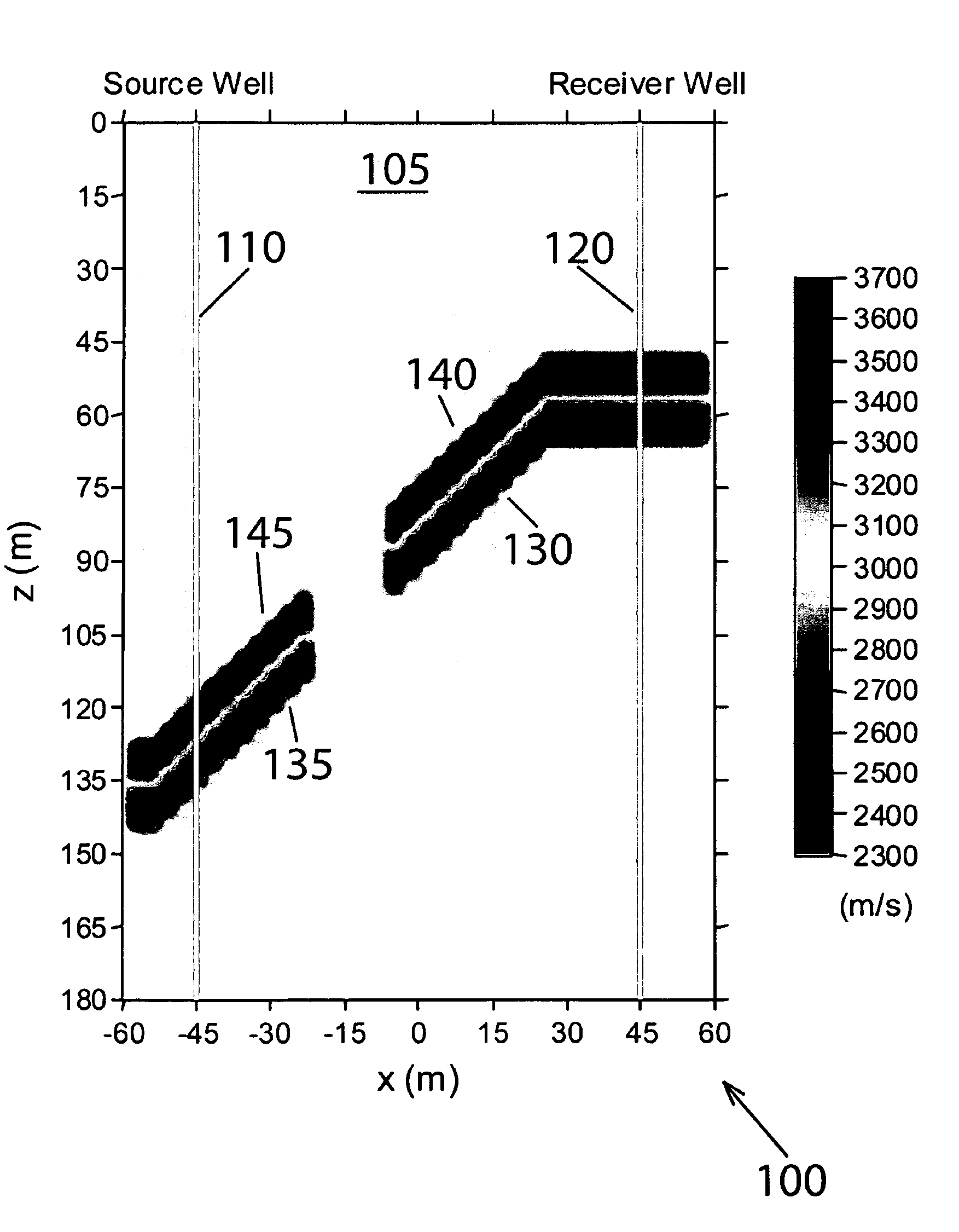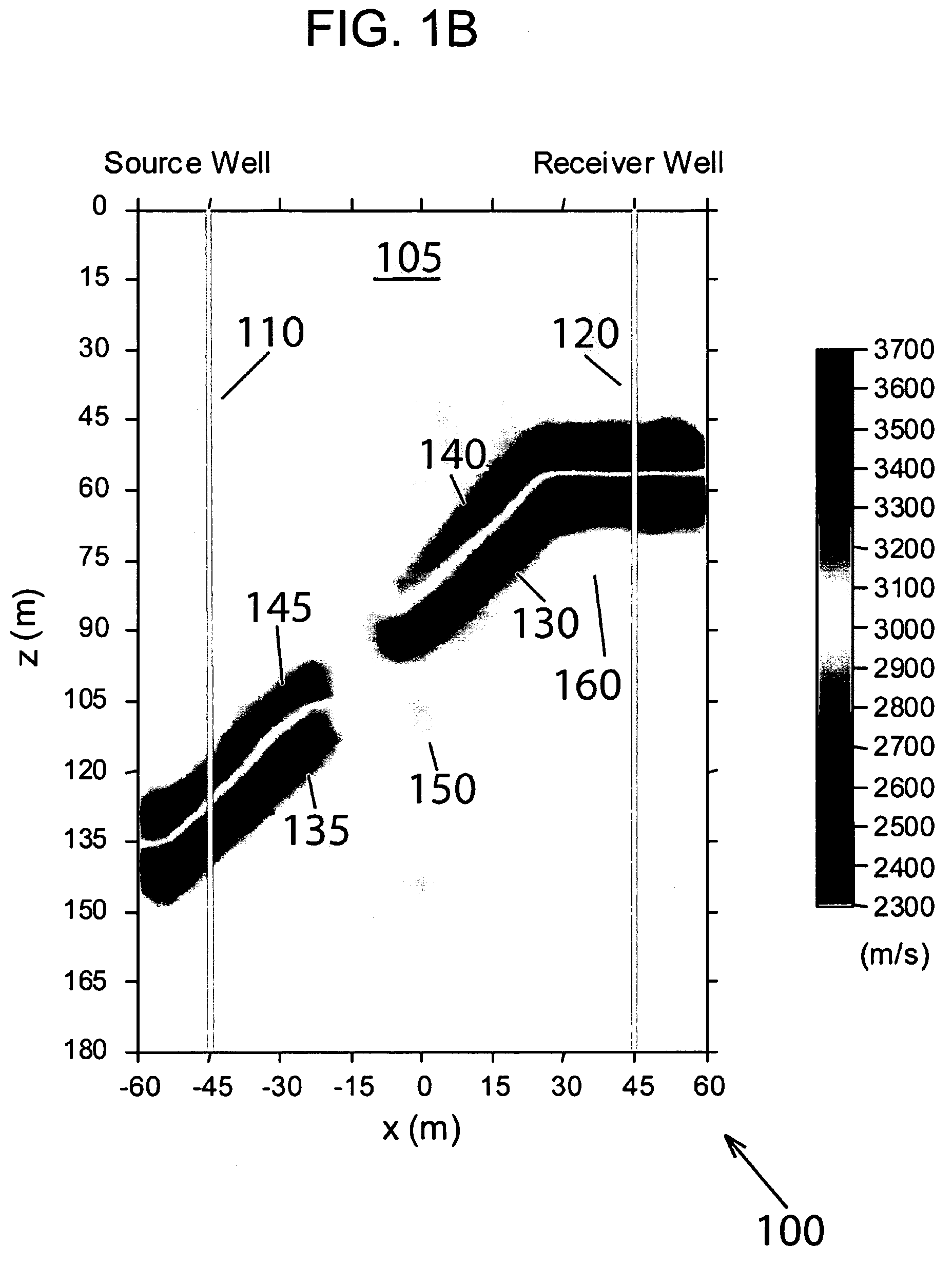Source-independent full waveform inversion of seismic data
- Summary
- Abstract
- Description
- Claims
- Application Information
AI Technical Summary
Benefits of technology
Problems solved by technology
Method used
Image
Examples
Embodiment Construction
Defined Terms
[0023]Computer means any device capable of performing the steps developed in this invention to result in an optimal waterflood injection, including but not limited to: a microprocessor, a digital state machine, a field programmable gate array (FGPA), a digital signal processor, a collocated integrated memory system with microprocessor and analog or digital output device, a distributed memory system with microprocessor and analog or digital output device connected with digital or analog signal protocols.
[0024]Computer readable media means any source of organized information that may be processed by a computer to perform the steps developed in this invention to result in an optimal waterflood injection, including but not limited to: a magnetically readable storage system; optically readable storage media such as punch cards or printed matter readable by direct methods or methods of optical character recognition; other optical storage media such as a compact disc (CD), a d...
PUM
 Login to View More
Login to View More Abstract
Description
Claims
Application Information
 Login to View More
Login to View More - R&D
- Intellectual Property
- Life Sciences
- Materials
- Tech Scout
- Unparalleled Data Quality
- Higher Quality Content
- 60% Fewer Hallucinations
Browse by: Latest US Patents, China's latest patents, Technical Efficacy Thesaurus, Application Domain, Technology Topic, Popular Technical Reports.
© 2025 PatSnap. All rights reserved.Legal|Privacy policy|Modern Slavery Act Transparency Statement|Sitemap|About US| Contact US: help@patsnap.com



